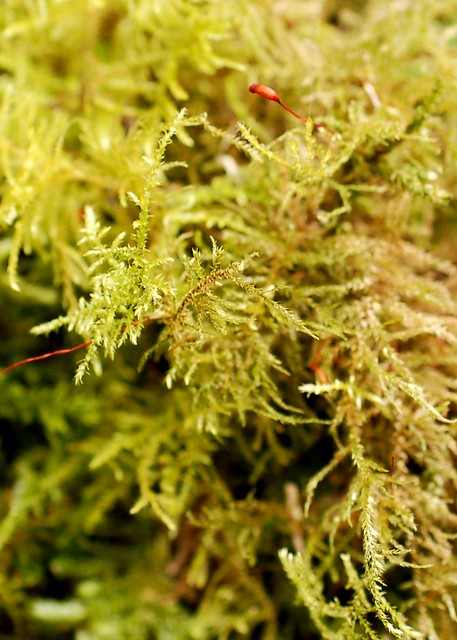 |
| "Little egret" by Karthik Easvur - Own work. Licensed under CC BY-SA 3.0 via Commons |
So here is the 365th post for 2015. I have scratched my head about which species to make the last. All the species I have photos of have been included already and I didn't get out today to find a new one.
The choice of Little Egret, Egretta garzetta, was made because birds were the first 'wildlife' I began to take notice of and their establishment as a breeding bird in the UK is a relatively recent phenomenon which many consider evidence of climate change. Their big cousin, the Great Egret, is soon to follow in its footsteps.
And it is its feet that are worth noticing. Usually you can't see them as they are wading about in shallow water, but they are bizarrely yellow. Perhaps because on light muddy or sandy shores it disguises them better? Not a strategy shared by other birds with similar feeding habits.
Will I post again tomorrow?
I have decided to stop posting 'daily' but to continue to post when I encounter a new species. It has been a great thing to do over the last twelve months and the aim, to enhance my appreciation of other living things, has been amply met. I have learnt a lot and developed an appetite to learn more. It feels like a proper beginning of something; it's not quite clear what.







































